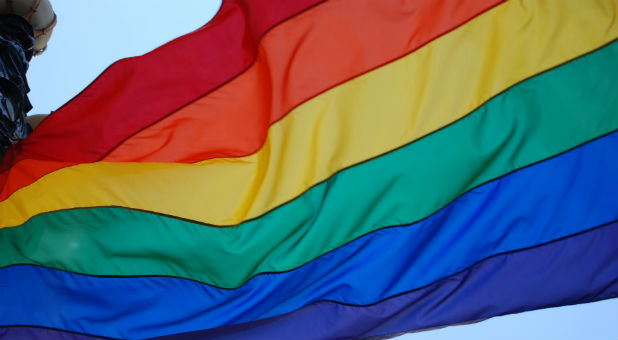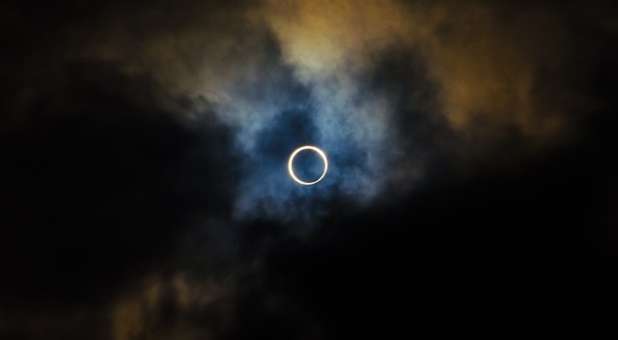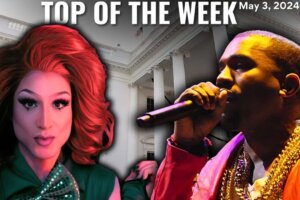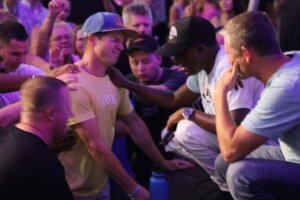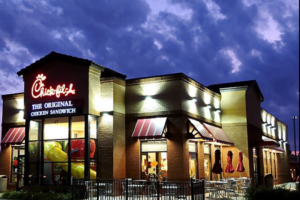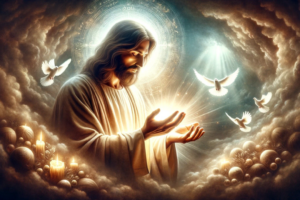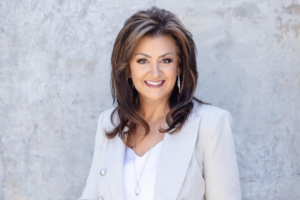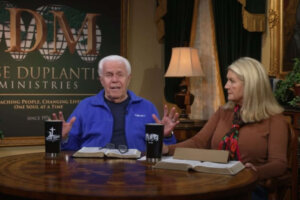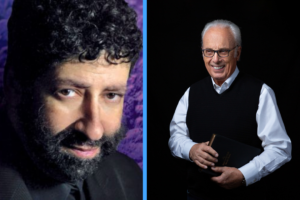The LGBT population in the United States is on the rise, and meanwhile the number of evangelicals is on the decline.
For now, evangelicals still greatly outnumber those that identify as LGBT, but if current trends continue it is only a matter of time before the size of the gay population actually surpasses the size of the evangelical population. The primary reason for this is the enormous cultural shift that is taking place among our young people. Millennials are much less likely to identify as “evangelical” than the general population as a whole, but they are more than twice as likely to identify as LGBT. Unless something dramatic happens, the percentage of LGBT Americans will continue to increase and the percentage of evangelical Americans will continue to fall as older Americans slowly die off.
Many evangelicals and many that identify as LGBT will get angry when you bring up these numbers. A lot of evangelicals want to continue to believe the myth that America is still a “moral country,” but that stopped being true a long time ago. And many of those that identify as LGBT do not want to accept the fact that more people are choosing to be gay because they want to maintain the narrative that “people are born that way.”
But the numbers don’t lie. According to Gallup, the percentage of Americans that identify as LGBT has been steadily rising for years. Just check out these numbers:
2012: 3.5 percent
2013: 3.6 percent
2014: 3.7 percent
2015: 3.9 percent
2016: 4.1 percent
And the numbers are much more pronounced when you look only at millennials:
2012: 5.8 percent
2013: 6.0 percent
2014: 6.3 percent
2015: 6.7 percent
2016: 7.3 percent
As this figure continues to trend up, it won’t be very long until 10 percent of all millennials openly identify as LGBT. And already, millennials are about twice as likely as the rest of the population to consider themselves to be gay. The following comes from Gallup:
Millennials are more than twice as likely as any other generation to identify as LGBT. In 2012, they accounted for 43 percent of LGBT-identified adults. As a result of their disproportionate increases in identification since then, they now account for 58 percent. Millennials comprise 32 percent of the general adult population.
But these days, it isn’t just a choice between “gay” or “straight” that we are talking about. In fact, Time magazine reported on a survey that found that approximately one-third of all Millennials consider themselves to be somewhere between “exclusively homosexual” and “exclusively heterosexual”…
When pollsters asked Americans last year how they would identify on the Kinsey Scale—a six point rating spanning from “exclusively homosexual” to “exclusively heterosexual”—about a third of millennials pointed somewhere in the “non-binary” middle, compared to about 8 percent of people over the age of 45.
So the findings of that survey would suggest that there is a whole lot more same-sex attraction going on among millennials than many of the “experts” had been thinking.
Another survey of all age groups in America discovered that “about 20 percent of the population is attracted to their own gender.” So it is important to remember that people can experience same-sex attraction and yet not identify as LGBT.
No matter what side of the debate you are on, everybody should be able to agree that more people are “coming out of the closet” than ever before. And there are still many that are “in the closet”, and so a lot of surveys still typically understate the true number of gay people in society. The following comes from the Daily Beast:
As the Pew Research Center notes, conventional surveys may underestimate the size of the LGBT population due to unreliable self-reporting. A team of researchers from Ohio State University and Boston University found that survey respondents were far more likely to report a non-heterosexual identity when assured of absolute anonymity than they were when interviewed using a standard public opinion method in which respondents can still be connected to their answers.
Meanwhile, the percentage of evangelical Christians in America continues to decline. Just recently I published an entire article on this phenomenon entitled “America Became a Lot Less Christian During the Presidency of Barack Obama“, and I encourage everyone that has not seen it yet to go back and read it.
In that article, you will see that an astounding 35 percent of all millennials now have no religious affiliation whatsoever, and only 27 percent of them attend religious services on a weekly basis.
And millennials are much less likely to call themselves “evangelical” than the rest of the population. At this point, only 21 percent of all millennials identify as evangelical Protestants. For older millennials, the figure is 22 percent, and for younger millennials the figure is just 19 percent.
This is where America is heading. If current trends hold up, in the not too distant future less than a fifth of the country will be evangelical Christians.
Also, nearly 3 out of every 4 millennials in America support gay marriage, and that is the highest percentage by far for any age group.
Of course, societal trends can change. And we better hope that they change, because if they don’t a lot of the things that I talk about in my latest book will start happening very quickly.
We are in a battle for the mind, and the average American spends about five hours a day watching television. Virtually all of that “programming” is controlled by just six gigantic media corporations, and they are continuously pushing a worldview that promotes “progressive” values.
The same thing is true for our so-called “education system”. The next generations of Americans are being systematically conditioned to think and feel certain ways, and most parents have no idea what really goes on behind those classroom doors.
So even if we can get our kids to sit in church for an hour each week, how could that possibly compete with the thousands upon thousands of hours of “conditioning” that they are constantly being exposed to the rest of the time?
Much of Europe is already considered to be “post-Christian,” and if something is not done the United States will suffer the same fate.
It won’t happen immediately, but if current trends persist it is just a matter of time before the gay population in this country is larger than the evangelical Christian population.
Political change does not equal spiritual change, and spiritual change is what America desperately needs. {eoa}
See an error in this article?
To contact us or to submit an article


